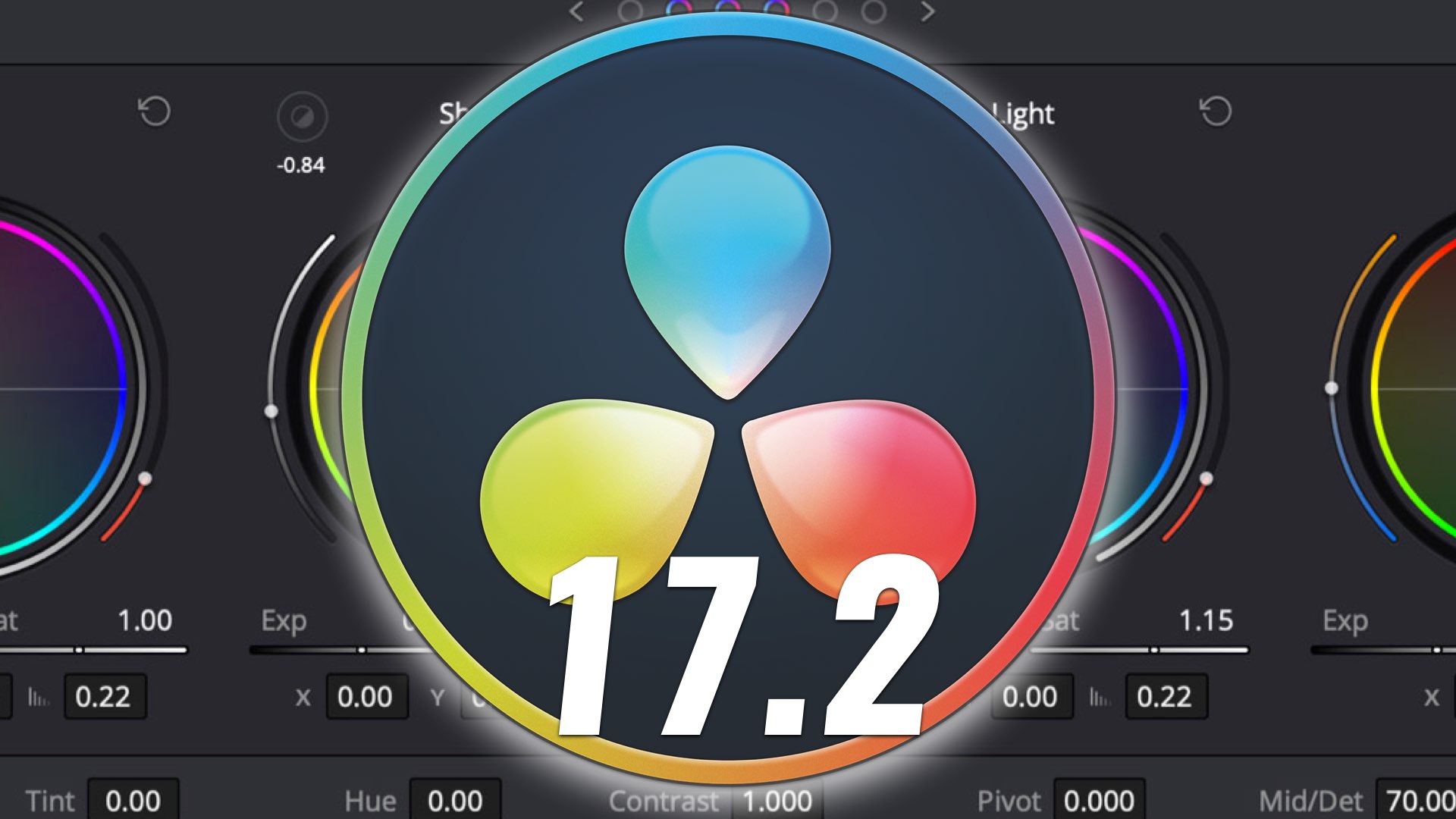

At the start of export, Premiere accessed the RAID at 350 MB/second for many seconds. NOTE: Premiere averaged 250 MB/second read and 70 MB/second write to storage during the export. The big difference was that Premiere used all the CPUs to export this file, with very heavy use of the first five performance cores. Premiere used more GPU horsepower than FCP, though certainly not all that was available.

Premiere took slightly more than 11 minutes to export this 43 minute file - 2.2X faster than FCP. (GPU activity during export in Premiere Pro.) NOTE: FCP averaged 90 MB/second read and 30 MB/second write to storage during the export. I found this surprising, as Apple keeps touting how it is optimizing Final Cut to take advantage of Apple silicon processors. Green indicates CPU activity originated by user-controlled software.)įor CPU performance, Final Cut leaned heavily on the two efficiency cores and only one performance core.

(Red indicates CPU activity originated by the operating system. NOTE: The spikes were caused by Bus圜al accessing the web in the background. While Activity Monitor does not show how many GPU cores were active, we can see that total GPU activity was about 50%. This chart shows GPU activity during the export. (GPU activity during export in Final Cut Pro.)įinal Cut took almost 25 minutes to export this 43 minute file. How much movement there is between frames (more movement is slower).The storage bandwidth for both read and write.Whether the codec is hardware accelerated (faster).The frame size and frame rate of the project and whether you are altering it during export (slower).Whether you export the project codec (faster) or convert it (slower).Whether the project is rendered (faster) or unrendered (slower).It did not support FCP still frames, accurate scaling, accurate cropping or muted audio levels from the XML file, though it did support picture-in-picture and the graphics well enough to run this test.Ĭomparisons like this are inherently tricky, because export speed is dependent upon many variables: Premiere did an excellent job of reproducing the original project from Final Cut’s XML export.
#Davinci resolve mac m1 software
No software exported more than 100 MB/second.īoth Premiere and Resolve were more than twice as fast as FCP. The exported file was stored to the MacBook desktop, which supports a maximum of 5,000 MB/second write speeds. Only Premiere came close to reading at this speed. In all cases, the source files were played from a 4-drive RAID which supports a maximum read speed of 350 MB/second. While ProRes is hardware-accelerated on Apple silicon systems, there is no way to tell, using Activity Monitor, whether any application used hardware acceleration in converting these files. The finished audio was a stereo pair created in Adobe Audition.įor the export, each program converted the ProRes 4444 file to ProRes 422, which required rendering. It did not include titles, effects or color grading, because those don’t transfer between programs. This one included picture-in-picture and graphics. As you’ll see from the charts below, no application maxed out the system.įor the project, I took a recent webinar, which was edited in Final Cut, exported an XML file and converted it using X2CC for use in both Premiere and Resolve.Īll my webinars are recorded in ProRes 4444.
#Davinci resolve mac m1 pro
These tests were run on an 16″ MacBook Pro with an M1 Pro and 32 GB of RAM. NOTE: This article illustrates how many CPU cores Apple Final Cut Pro uses during various stages of editing: Import, editing, rendering and export. I compared the export speed of each of these three, along with how they used CPU and GPU systems, as measured by Activity Monitor. Last week, I compared how Apple Final Cut Pro, Adobe Premiere Pro and DaVinci Resolve use CPU cores when exporting files.


 0 kommentar(er)
0 kommentar(er)
